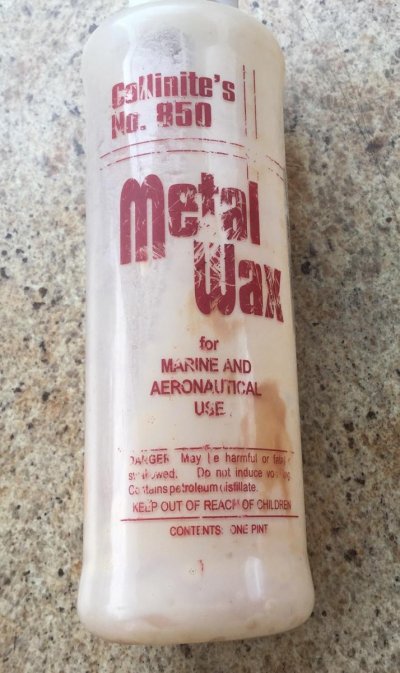MichaelB1969
Guru
- Joined
- Oct 15, 2016
- Messages
- 679
- Location
- USA
- Vessel Name
- Speedy Charlotte
- Vessel Make
- Beneteau Swift Trawler 44
On my ST44 I occasionally get rust stains around the base of the railings at the point they meet the fiberglass. This has happened on the upper deck, as well as around the short railings around the cockpit. I'll take a pic next time I'm on the boat, but wondering if this happens to others.
The railing is stainless, so not sure what exactly is rusting. And I'm assuming it's rust.
Thanks,
Mike
The railing is stainless, so not sure what exactly is rusting. And I'm assuming it's rust.
Thanks,
Mike

